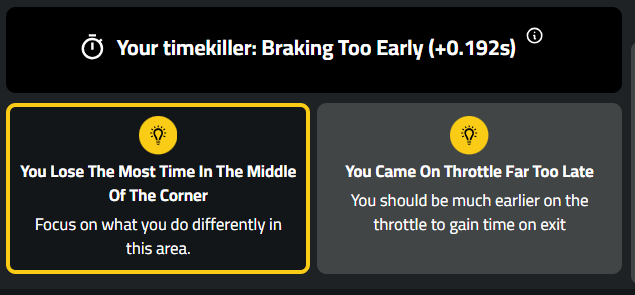How to Set Up GT3 Aerodynamics
How to Set Up GT3 Aerodynamics
Setting up GT3 car aerodynamics involves a fine balance between downforce and drag, aiming to achieve optimal performance on various parts of a race track. Whether you're adjusting a real GT3 car or fine-tuning settings in a sim like Assetto Corsa Competizione, the principles remain similar. Here's how to approach aerodynamic setup for a GT3 vehicle:
1. Understand Aerodynamic Components
Firstly, familiarise yourself with the main aerodynamic components of a GT3 car:
- Front Splitter: Controls airflow under the car, increasing front-end downforce.
- Rear Wing: Adjustable to alter rear downforce, affecting stability and grip.
- Diffuser: Works to improve airflow under the car, enhancing downforce and reducing drag.
- Bodywork: Designed to manage airflow around the car, minimizing drag.
2. Balance Downforce and Drag
- Downforce increases cornering speeds by pressing the car onto the track but can increase drag, reducing straight-line speed.
- Drag is the resistance a car experiences as it moves through the air. While downforce improves grip, too much can significantly reduce top speed.
3. Start with a Baseline Setup
Begin with a balanced aerodynamic setup recommended by the manufacturer or derived from experience. This setup should offer a good compromise between downforce for cornering and minimal drag for straights.
4. Adjusting for Track Configuration
- High Downforce Circuits (e.g., twisty tracks with many corners): Increase downforce for improved cornering. This involves adjusting the rear wing to a higher angle and possibly lowering the front splitter for more front-end grip.
- Low Downforce Circuits (e.g., tracks with long straights): Reduce downforce to decrease drag, enhancing top speed. This might mean setting the rear wing to a lower angle and raising the front splitter to reduce the frontal area exposed to airflow.
5. Testing and Fine-tuning
- Data Collection: Use telemetry to gather data on your car's performance, focusing on cornering speeds, straight-line speeds, and lap times.
- Driver Feedback: The driver's input on how the car feels is invaluable. Understeer (front end loses grip) or oversteer (rear end loses grip) can indicate the need for aerodynamic adjustments.
- Incremental Adjustments: Make small changes to one component at a time, testing how each adjustment affects performance.
6. Consider the Trade-offs
Every adjustment is a trade-off between speed and stability. Finding the sweet spot where the car remains fast in straights without sacrificing too much cornering ability is key.
7. Monitor Weather Conditions
Weather can dramatically affect aerodynamic performance. In wet conditions, for example, you might opt for more downforce to compensate for the slippery surface, even if it means a slight reduction in straight-line speed.
Conclusion
Setting up GT3 aerodynamics is an iterative process that combines scientific principles with driver preferences. By starting with a baseline setup, making adjustments based on track configuration, and continuously testing and refining, you can find the optimal aerodynamic balance for any GT3 car, whether on the track or in a racing simulator like Assetto Corsa Competizione. Remember, the goal is to achieve the best overall lap time, which sometimes means sacrificing top speed for better cornering stability and vice versa.
Sign up to Track Titan to improve your skills on the Sim.


.png)























